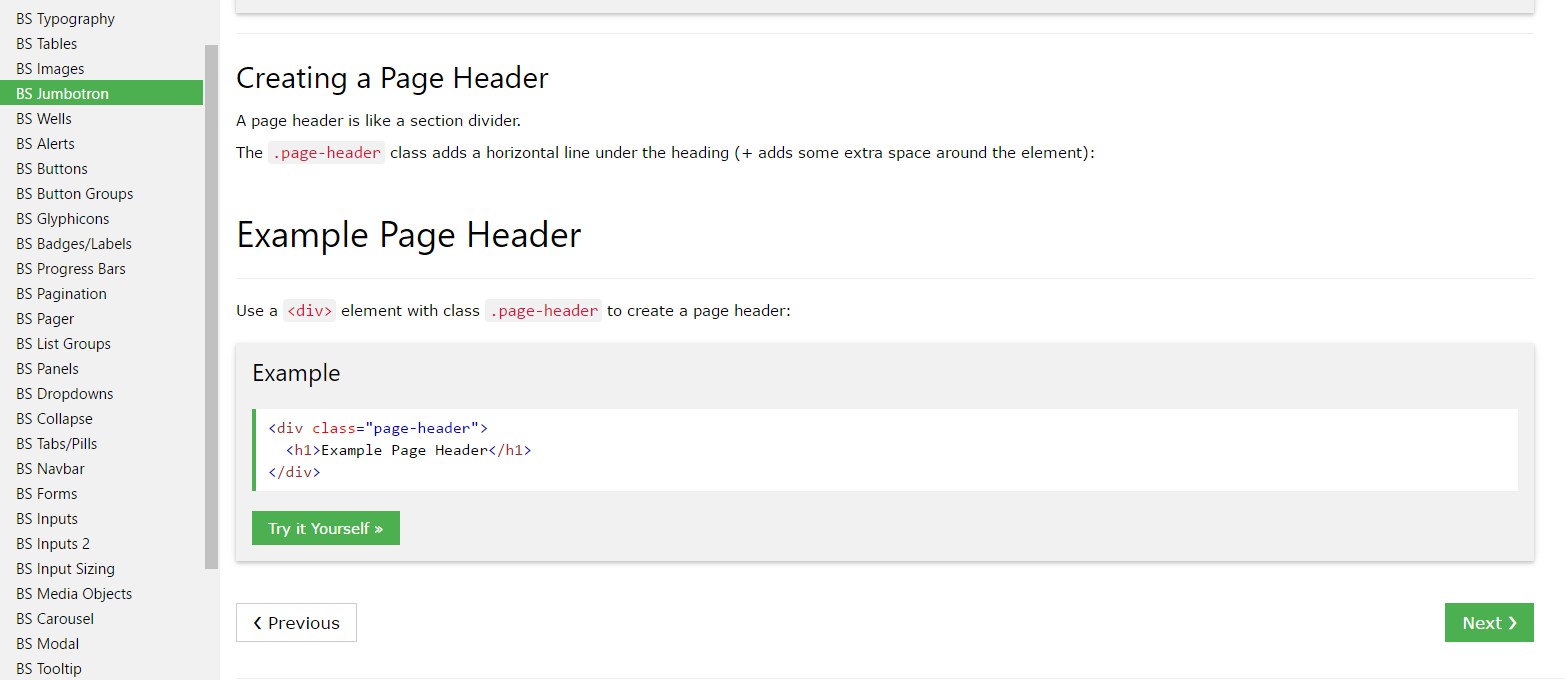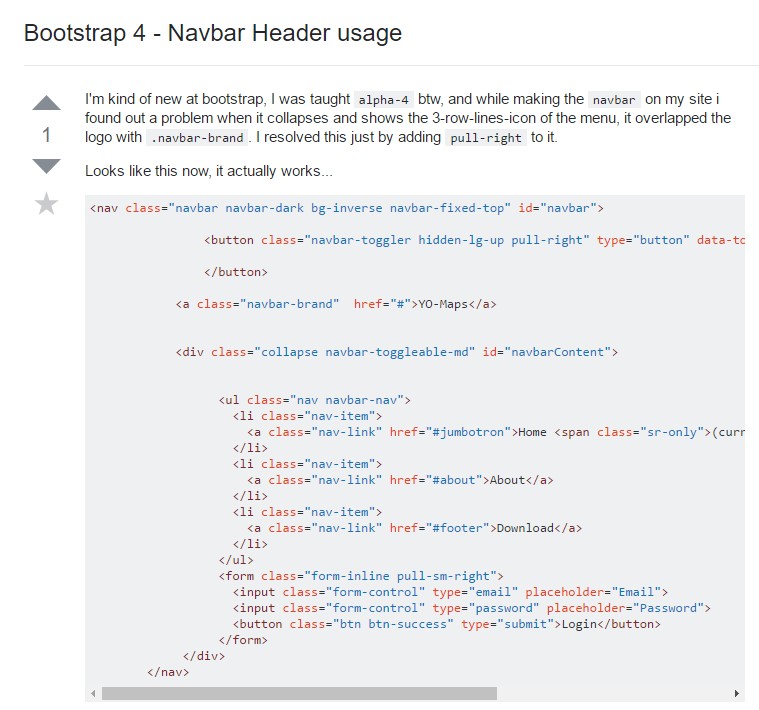Bootstrap Header Form
Intro
Like inside of published documents the header is just one of the highly necessary elements of the web pages we create and obtain to use regularly. It safely holds the most essential info on the identification of the company or individual behind the page in itself and the essence of the entire site-- its navigating construction which in addition to the Bootstrap Header Design itself ought to be thought and made in this kind of method that a website visitor in a hurry or definitely not actually having an idea what way to go to just take a view at as well as get the desired information. This is the ideal circumstance-- in the real world getting as near as possible to this appeal and behavior also goes on due to the fact that we pretty much each time have some project particular restrictions to think about. Also compared with the written paperworks in the world of cyberspace we should really always bear in mind the diversity of attainable devices on which our web pages could potentially get presented-- we should ensure their responsive behavior or else in other words-- make certain they will reveal most effective at any monitor size attainable.
In this way why don't we have a glance and see the way in which a navbar gets created in Bootstrap 4. ( read more here)
Efficient ways to make use of the Bootstrap Header Class:
Initially in order to produce a web page header or as it gets referred to within the framework-- a navbar-- we have to wrap the whole item into a
<nav>.navbar.navbar-toggleable- ~ screen size ~.bg-*.navbar-light.navbar-lightWithin this parent component we should start by inserting a tab element that will be utilized to feature the collapsed web content on a smaller sized display scales-- to execute that generate a
<button>.navbar-toggler.navbar-toggler-left.navbar-toggler-righttype = " button "data-toggle ="collapse"data-target = " ~ the collapse element ID ~What is certainly bright fresh for current alpha 6 release of the Bootstrap 4 framework is that inside the
.navbar-togler<span>.navbar-toggler-icon<a>.navbar-brand<div class="img"><img></div>Now-- the critical component-- making the collapsible container for the primary site navigation-- to accomplish it produce an element utilizing the
.collapse.navbar-collapseid =" ~ same as navbar toggler data-target ~ ".collapse<ul>.navbar-nav<ul><li>.nav-item<a>.nav-link.nav-item.nav-link.nav-item.dropdown<li>.dropdown-toggle.nav-link.nav-item<div>.dropdown-menu.dropdown-itemSome example of menu headers
Add in a header to label sections of activities into any dropdown menu.
<div class="dropdown-menu">
<h6 class="dropdown-header">Dropdown header</h6>
<a class="dropdown-item" href="#">Action</a>
<a class="dropdown-item" href="#">Another action</a>
</div>Additional capabilities
Yet another brand-new factor for this edition is the possibility to add an inline forms in your
.navbar.form-inline<span>.navbar-textFinal thoughts
As soon as it approaches the header items in the latest Bootstrap 4 edition this is being really looked after with the installed Collapse plugin and a number of site navigation special web content classes-- a couple of them designed primarily for maintaining your brand's uniqueness and others-- to earn sure the real webpage navigating system will show best collapsing in a mobile phone style menu when a specified viewport width is reached.
Take a look at some video short training about Bootstrap Header
Related topics:
Bootstrap Header: official records

Bootstrap Header short training

Bootstrap 4 - Navbar Header utilisation

